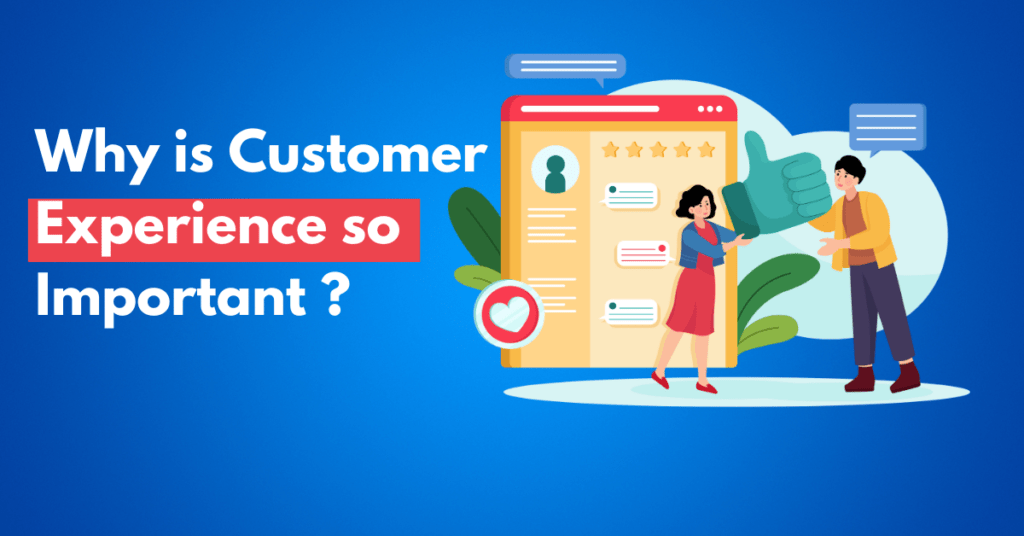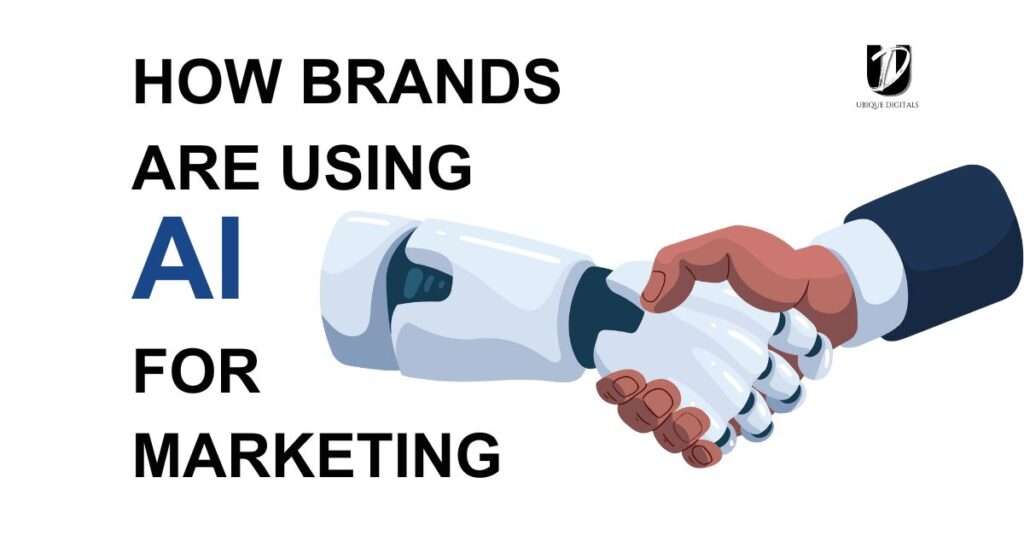Creating Engaging Videos for Social Media
In today’s fast-paced digital world, capturing attention is a crucial skill, especially for businesses. Social media, with its constant stream of content, demands even more creativity to stand out. Enter the power of video marketing! Why Video? The Numbers Speak for Themselves Videos are no longer a “nice to have” but a “must-have” element in any social media strategy. Here’s why: Increased Engagement: Studies show that videos generate significantly higher engagement compared to text-based posts. Viewers are more likely to stop scrolling, watch, and interact with video content. Improved Brand Storytelling: Videos allow you to showcase your brand personality, values, and products in a dynamic way. You can tell compelling stories that resonate with your audience on a deeper level. Boosted Conversions: Videos can effectively explain complex topics, demonstrate product features, and ultimately convince viewers to take action, leading to conversions and sales. Crafting Videos They Can’t Ignore: The GEMS Formula Knowing what makes a video truly engaging is key. Here at Ubique Digitals, a leading digital marketing agency in Delhi NCR, we use the GEMS formula to craft compelling social media videos: G – Get Clear on Your Audience: Who are you targeting? What are their interests, challenges, and online behavior? Understanding your audience helps tailor video content that resonates directly with them. E – Engage from the Start: The first few seconds are crucial. Use a strong hook – a surprising statement, a thought-provoking question, or captivating visuals – to grab attention and make viewers want to see more. M – Map Out Your Message: Every video should have a clear message and structure. Keep it concise and focused on the value you’re delivering to your audience. S – Sum Up and Spark Action: Briefly recap your main points and encourage viewers to take the next step, whether it’s visiting your website, subscribing to your channel, or leaving a comment. Beyond GEMS: Essential Ingredients for Social Media Video Success Storytelling is King (or Queen): People connect with stories. Evoke emotions, make viewers laugh, or spark their curiosity to keep them engaged. Visual Appeal Matters: High-quality visuals are essential. Good lighting, clear resolution, and interesting compositions make a big difference. Relatability is Key: Videos that connect with your audience’s problems, experiences, or aspirations are more likely to resonate. Pacing Matters: Match the video’s rhythm to the content. Keep it fast-paced for exciting topics and slower for informative or emotional ones. Optimizing for Each Platform: Tailoring Your Videos Remember, each social media platform has its own unique audience and content preferences. Here are some tips for optimizing your videos for popular platforms: Facebook: Facebook allows for longer videos, so you can delve deeper into topics. Use eye-catching visuals and captions for silent viewing. Instagram Reels & TikTok: Short-form video is king here. Keep your videos under 60 seconds, prioritize engaging transitions and trending audio, and utilize creative text overlays. YouTube: YouTube is a great platform for longer-form educational and entertaining content. Optimize your title and description with relevant keywords for discoverability. Bonus Tips to Make Your Videos Shine Keep it Short & Sweet: Attention spans are short on social media. Aim for videos under 2 minutes, especially for platforms like TikTok and Instagram Reels. Captions & Text Overlays: Add captions or text overlays to make your video accessible without sound and emphasize key points. Calls to Action (CTAs): Don’t leave viewers hanging! Tell them what you want them to do next, whether it’s subscribing, visiting your website, or joining the conversation. Post Consistently: Regularly creating fresh content keeps your audience engaged and coming back for more. Making it Happen: Partner with the Best Digital Marketing Agency in Delhi NCR Creating high-quality, engaging social media videos can be a time-consuming process. That’s where a skilled digital marketing agency like Ubique Digitals can help. Our team of expert video editors, content creators, and social media strategists can collaborate with you to develop a video marketing strategy tailored to your brand and target audience. We can handle everything from scriptwriting and storyboarding to filming, editing, and posting your videos across all your social media channels. With our expertise in online marketing, we can also help you optimize your videos for better reach and engagement. Social Media Analytics: Track Performance: Once you start publishing videos, analyze their performance using the built-in analytics tools of each platform. Track metrics like views, engagement (likes, comments, shares), reach, and click-through rates. These insights will tell you what’s working and what needs improvement. A/B Testing: Test different elements of your videos, such as thumbnails, titles, and CTAs, to see what resonates best with your audience. Taking it Up a Notch: Advanced Video Techniques Motion Graphics & Animations: Adding motion graphics and animations can make your videos more visually appealing and engaging, especially for explaining complex topics or showcasing data. Timelapses & Slow-Motion: These techniques can add a unique perspective and capture attention. Use timelapses to condense lengthy processes and slow-motion to emphasize details or evoke emotion. Interactive Elements (Polls, Quizzes): Platforms like Instagram Stories and Facebook Live allow you to incorporate interactive elements like polls and quizzes. This is a fantastic way to boost engagement and get your audience actively participating. Collaborations & Influencer Marketing: Partner with Influencers: Partnering with relevant influencers in your niche can significantly expand your reach and tap into a new audience. User-Generated Content (UGC): Encourage your audience to create and share videos related to your brand using a specific hashtag. This is a fantastic way to build excitement and user loyalty. Beyond Organic Reach: Paid Video Advertising Leverage Paid Advertising: Social media platforms offer powerful advertising tools specifically for video content. Promote your best videos to target a specific audience and achieve your marketing goals, whether it’s brand awareness, website traffic, or lead generation. Staying Ahead of the Curve: Trends and Experimentation Embrace New Features: Social media platforms constantly introduce new features. Stay updated on the latest trends and experiment with them in your videos. This shows you’re at the forefront and can
Creating Engaging Videos for Social Media Read More »










